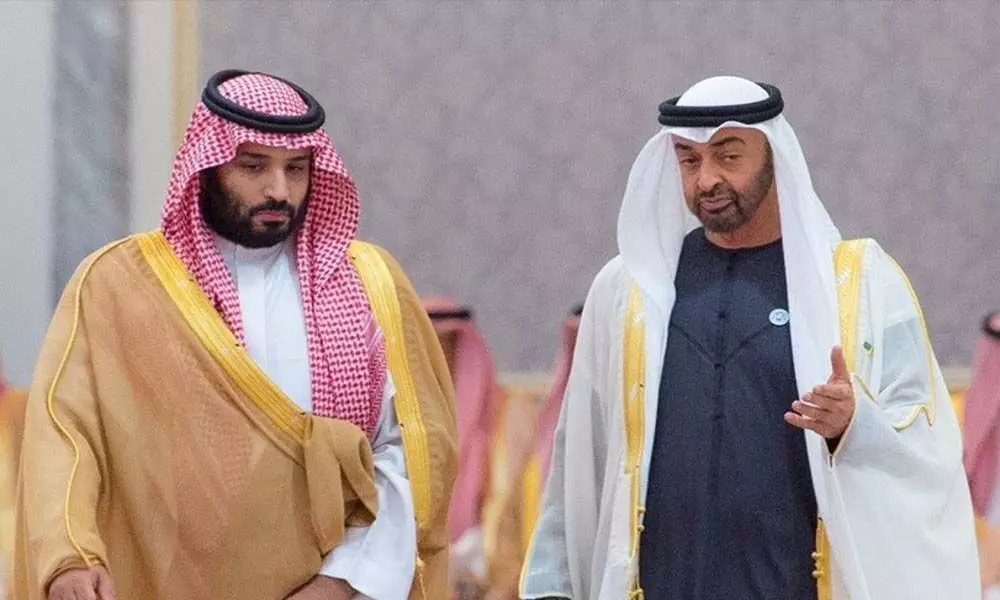Rift between Saudi, UAE leaves room for speculation over oil price
Oil producers beware. Far from being bullish for prices as initially thought, the rift at the heart of OPEC and the information vacuum it has created risks sending them into a tailspin.
image for illustrative purpose

Oil producers beware. Far from being bullish for prices as initially thought, the rift at the heart of OPEC and the information vacuum it has created risks sending them into a tailspin.
When the 23-nation OPEC+ oil producer alliance repeatedly failed to reach an agreement to raise production earlier this month, the concern in the market was that the world would be short of oil.
Saudi Arabia and Russia, the alliance's largest producers and de facto leaders, had devised a plan for the group to raise its production target by 400,000 barrels a day each month until the end of the year, and possibly longer. For good measure, they wanted to extend the output pact until the end of 2022, instead of letting it expire at the end of April.
The first part looked easy. The Organization of Petroleum Exporting Countries' 13 members and their allies agreed on the need to pump more oil to meet rising demand as the world recovers from the pandemic. But not everyone backed extending the deal, at least not in its current form.
The United Arab Emirates refused to do so if the alliance didn't address what it sees as an unfairly low baseline production level from which its cuts are measured. Saudi Arabia balked at fiddling with that starting point and, more importantly, it wouldn't approve the output increases without the extension.
It blamed the UAE for blocking an agreement to pump the extra oil the market will need in the coming months. As news of the failure sunk in oil prices soared, with US West Texas Intermediate hitting its highest since 2014.
Oil demand is gathering pace, as more countries from India to the U.K. ease restrictions. The International Energy Agency sees global oil use increasing by 3.1 million barrels a day between the second and third quarters, with another 1.35 million barrels a day added in the fourth.
The mood ought to still be extremely bullish, but OPEC+'s failure has left a void that's being filled by a bearish narrative. The day after WTI hit its six-and-a-half-year high, it had dropped by $6 a barrel.
With no date set for the full group to meet again, the existing deal holds, which means no more output increases until May 2022.
But nobody sees that as credible. Even if the UAE doesn't quit OPEC or embark on a production surge - it has said it won't do either, at least not yet - it's unlikely that producers will stick to their output targets when customers clearly need more of their crude.
None of the producers wants a return to the free-for-all that followed the last breakdown in their relationship in March 2020. But that's what they risk repeating.
The recovery in prices this year has been underpinned by OPEC+'s extraordinary cohesiveness. One of the strengths of the deal has been its credibility, with the group meeting frequently to adjust the targets to a recovery that was initially slower than expected. The group now needs to remain just as nimble in raising production more quickly than it had previously anticipated. There's a real risk that happens in an uncontrolled way if they can't agree to a compromise.
Until one is found, every scrap of data, every ministerial utterance and every oil analyst's note will be pored over and markets will react to the tiniest change in intonation. Don't be surprised if you find Twitter awash with rumors that suggest a price war is coming. This is what discord does: It creates fertile conditions for uncertainty and speculation.
For that reason, if no other, it's in the two nations' shared interests to find common ground and a singular message. The longer they don't, the more risky the oil market becomes for bulls. (Bloomberg)

